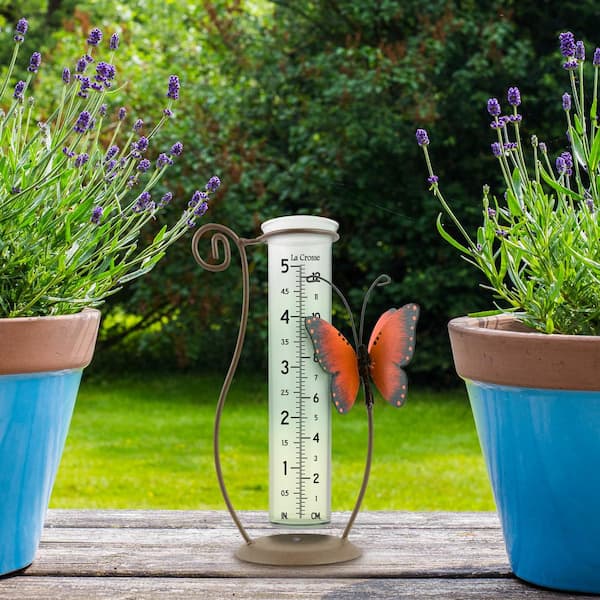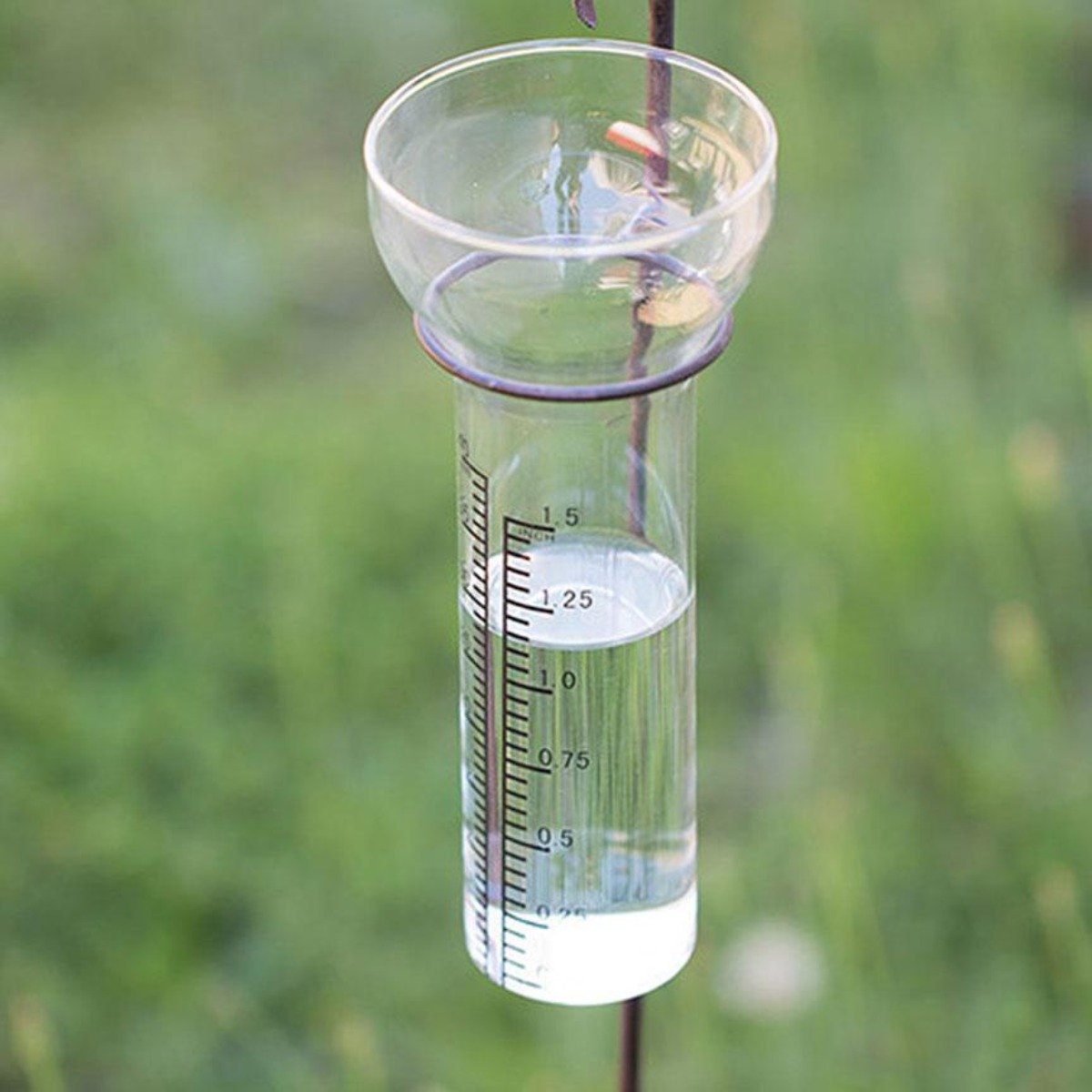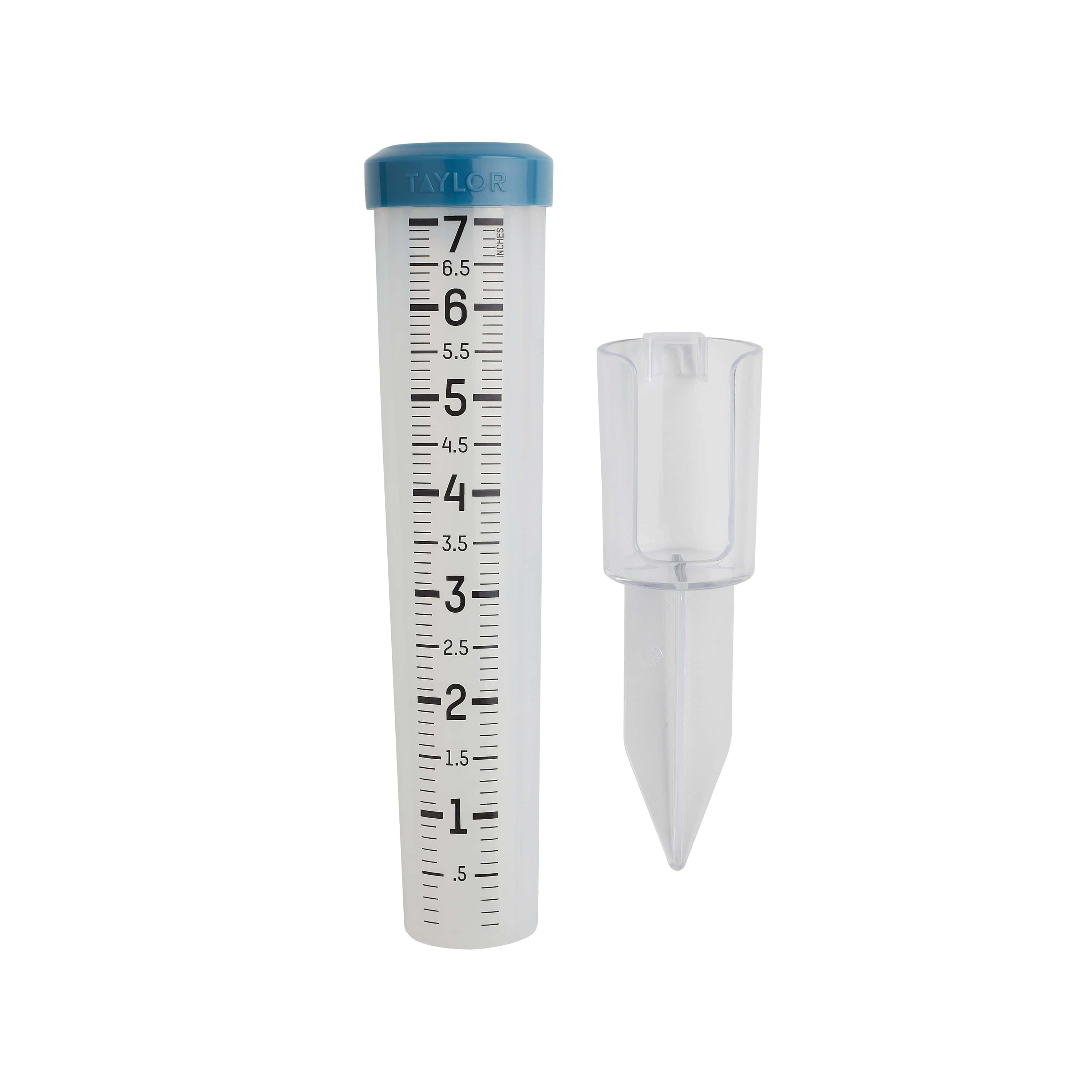The Rain Gauge: A Comprehensive Guide to Accurate Climate Dimension
Wiki Article
Exactly How to Select the Right Rain Gauge for Accurate Rainfall Data
Accurate rainfall data is important for various markets and tasks, such as farming, water, and weather forecasting source monitoring. To acquire reputable dimensions, it is vital to pick the best rain scale. This overview aims to supply important insights into the selection procedure, enabling you to make informed decisions. Considering factors such as location, kind, and precision of the rain scale will certainly help ensure precise information collection. In addition, comprehending the maintenance and calibration treatments will certainly add to the long life and reliability of your rain gauge. By following these standards, you can make certain accurate rains data, making it possible for better decision-making and preparation for numerous applications.Value of Picking the Right Rainfall Scale
The significance of picking the appropriate rainfall scale lies in obtaining trustworthy and specific rainfall information for accurate atmospheric analysis. Rainfall data is vital for a vast array of applications, including weather forecasting, hydrological modeling, and environment research. Unstable or inaccurate information can lead to wrong verdicts and flawed decision-making procedures.
Secondly, the accuracy and accuracy of the rain gauge are paramount. The scale ought to be able to determine rains with high accuracy, catching even tiny amounts of rainfall accurately.
Moreover, the area and installment of the rain scale are essential considerations. It should be placed in an open location, far from obstructions that might impact rains measurements. The scale ought to be positioned at an appropriate height and angle to avoid splashing and guarantee correct catchment of rainwater.
Aspects to Consider When Selecting a Rainfall Scale
When selecting a rain gauge, there are numerous key aspects to take into consideration. These aspects can substantially influence the accuracy and integrity of the rains data collected. The initial aspect to think about is the type of rain scale. There are different kinds available, including standard rain assesses, tipping bucket rainfall determines, and evaluating rain determines. Each type has its very own advantages and disadvantages, so it is essential to pick one that ideal suits your certain demands and needs.One more variable to take into consideration is the product of the rainfall gauge. Rain gauges can be constructed from different materials, such as plastic, glass, or steel. The product chosen ought to be resistant and durable to weather problems, ensuring that the rainfall scale will withstand the components and provide precise measurements gradually.
Accuracy is additionally an important element to think about. Try to find rain evaluates that have actually been calibrated and evaluated for accuracy. Functions such as anti-splash rings and funnels can likewise improve the precision of the dimensions.

Finally, take into consideration the environment and setting in which the rain scale will be utilized. Different rainfall assesses are suitable for different environments, so it is necessary to choose one that is suitable for the conditions in your location.
Different Kinds Of Rain Assesses Available
To better explore the elements to consider when selecting a rainfall scale, it is very important to recognize the different types of rain determines offered. There are several kinds of rain determines, each with its own advantages and drawbacks. The most typical kind is the conventional rainfall scale, likewise recognized as the cylindrical rainfall gauge. This kind includes a straight-sided cylindrical container with a funnel-shaped top. It is straightforward to utilize and supplies precise dimensions of rains.An additional kind of rain scale is the tipping bucket rainfall gauge. As the rain drops into the scale, it fills up one side of the bucket, triggering it to tip and clear the water.
A 3rd type of rainfall scale is the weighing rain gauge. As the rainfall drops right into the scale, it is accumulated in a container connected to a balance.
Ultimately, there are likewise remote rainfall assesses that usage advanced modern technology to gauge rainfall (The Rain Gauge). These evaluates use sensors and transmitters to send out information wirelessly to a main system. Remote rainfall evaluates are practical for keeping an eye on rains in hard-to-reach locations or for large-scale data collection
Exactly How to Determine the Accuracy of a Rain Scale
One method to assess the accuracy of a rain gauge is by carrying out normal calibration measurements. Calibration involves contrasting the analyses of a rainfall scale to a standard measurement, such as a certified rain scale or a climate station with high precision. By contrasting the dimensions, any type of discrepancies or errors in the rainfall scale can be recognized and accounted for.To perform a calibration measurement, beginning by gathering rainfall data from both the rain gauge and the typical dimension gadget over a details amount of time, such as a month. Compare the readings and calculate the distinction between them. This difference is referred to as the calibration mistake.
It is necessary to note that calibration dimensions ought to be done routinely, as environmental factors, such as wind, temperature, and particles, can affect the precision of the rain gauge gradually. By conducting regular calibrations, any type of modifications in the accuracy of the rain gauge can be spotted and changes can be made accordingly.
In enhancement to calibration, it is also suggested to tidy and preserve the rainfall gauge regularly to guarantee its accuracy. Remove any debris or blockages that might impact the accuracy of the dimensions, and inspect for any type of indicators of damage or use that might need repair services or substitute.
Tips for Preserving and Calibrating Your Rainfall Gauge
Normal maintenance and calibration are essential for making sure the precision and dependability of your rain gauge in determining rainfall data (The Rain Gauge). By adhering to a few easy pointers, you can check out this site ensure that your rainfall gauge is appropriately preserved and adjustedFirst of all, it is essential to cleanse your rain scale on a regular basis to prevent any debris or dirt from blocking the rain collection system. Use a light cleaning agent and a soft brush to delicately clean the within and beyond the gauge. Rinse it extensively with tidy water and permit it to dry totally prior to re-installing it.
Second of all, it is suggested to adjust your rain gauge at the very least annually. Calibration involves contrasting the measurements of your rain gauge with those of a relied on and exact referral gauge. This will assist you determine and correct any type of prospective mistakes in your rain scale's measurements.
To calibrate your rainfall gauge, gather a well-known volume of water making use of a measuring container and more compare it with the measurements videotaped by your rainfall scale. Readjust the analyses accordingly to make sure accuracy.

Verdict
In conclusion, selecting the appropriate rain gauge is vital for acquiring exact rainfall information. Aspects such as budget, function, and area ought to be considered when selecting a rain scale.There are various types offered, consisting of common rainfall determines, tipping bucket rain assesses, and evaluating rainfall gauges.To additionally check out the factors to consider when choosing a rain scale, it is essential to recognize the different kinds of rain determines from this source offered. The most typical type is the conventional rain gauge, also recognized as the cylindrical rainfall gauge.An additional kind of rain gauge is the tipping bucket rain gauge. Calibration entails comparing the analyses of a rainfall scale to a basic dimension, such as a qualified rainfall gauge or a weather station with high precision.
Report this wiki page